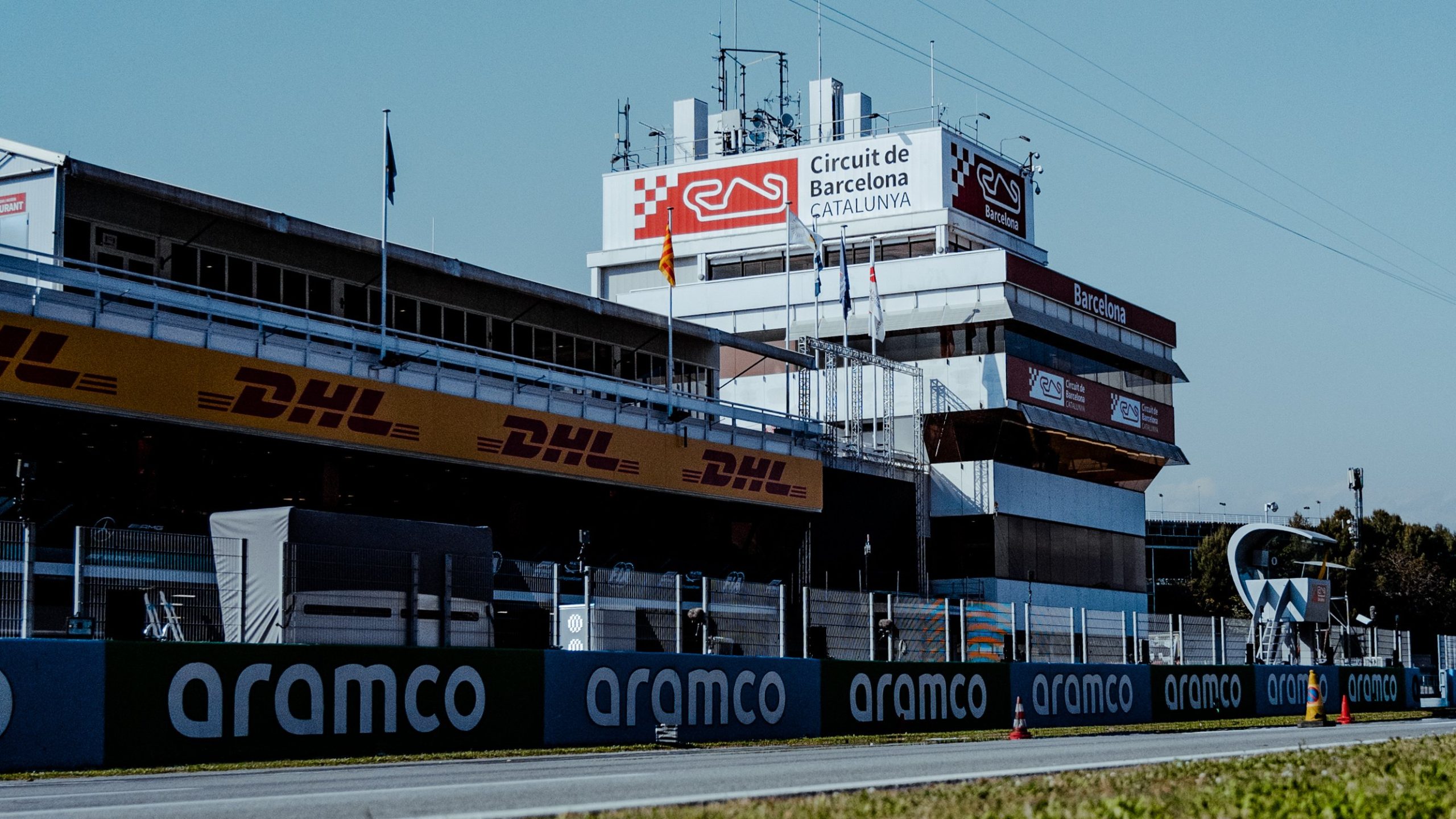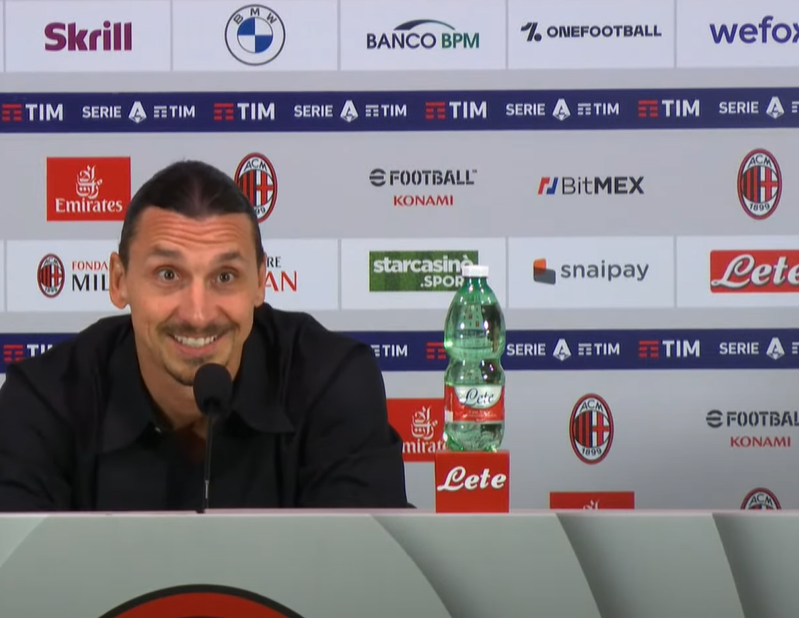The Spanish Grand Prix was first staged in 1951, making it one of the oldest races in the Formula One World Championship. However, it lacked a permanent location for a long period. In this post, we shall look at the various Grand Prix venues.
Pedralbes
In 1951, the Pedralbes neighbourhood hosted the first Formula One Spanish Grand Prix. As was common at the time, the streets of this Barcelona neighbourhood served as the track. It was a very wide layout, consisting of high-speed curves, highly acclaimed by both drivers and fans.
However, it only lasted a few days on the calendar. It held its second and final edition in 1954 because it was judged potentially dangerous. The 1955 Le Mans disaster, which occurred months before the scheduled Spanish Grand Prix, resulted in tighter safety regulations that Pedralbes was unable to achieve.
Jarama
Despite this, Formula One was still interested in Spain. Rather than repairing or altering the Pedralbes Circuit, a new permanent circuit in Madrid was sought: Jarama. The capital city had better luck than Pedralbes, and although the track experienced several controversial incidents, it managed to survive on the calendar for over 20 years.
One of the most significant stories of Jarama came in the 1980s. In Spain during the transition period, a severe conflict arose that affected Formula 1: the FISA-FOCA war. The 1980 race, due to the internal conflict, first led to the cancellation of the race and subsequently to its celebration as a non-championship event.
Montjuïc
Barcelona attempted to reclaim the Spanish Grand Prix at Jarama during the era of the race. The city lacked a permanent track but did have several wide streets suitable for establishing a new street circuit. The Montjuic district was chosen for this occasion, with a layout that passed very close to the Plaza de España.
However, similar to what happened with Pedralbes, the track was very fast, and concerns about its safety quickly arose. After a tragic accident in 1975, the circuit was closed, and Formula 1 would take over 15 years to return to Catalonia.
Jerez
Jarama became too small for the machines that populated Formula 1 in the 1980s. The ground effect and turbo engines propelled the category to unprecedented levels, offering a cause for the sport’s elite to quit the country. During these years, Fuengirola attempted to create headlines with an urban circuit, but another Andalusian city, Jerez, eventually took the lead.
Jerez de la Frontera, on the other hand, did not wish to close its streets for a race; instead, it intended to design a modern circuit that fit the standards of the moment. The permanent circuit held five Spanish Grands Prix but had one of the closest finishes in its brief history, with Senna and Mansell crossing the finish line separated by only 14 milliseconds.
Circuit de Catalunya
Barcelona was experiencing a sporting boom in the late 1980s and early 1990s. The city, which had been selected as the host of the 1992 Olympic Games, was building stadiums, courts, pools… and saw FC Barcelona, the city’s biggest team, competing for everything. It only lacked one thing: a permanent circuit. And it achieved that.
In 1991, Formula 1 returned to Barcelona, and it has remained there ever since. 32 years of the World Championship at the Circuit de Catalunya, which has seen a Spanish driver win on two occasions: Fernando Alonso won in 2006 and 2013. The race could be relocated, with suggestions of Formula 1 racing on a street track in Madrid, but any replacement would take several years to match the track’s heritage.













